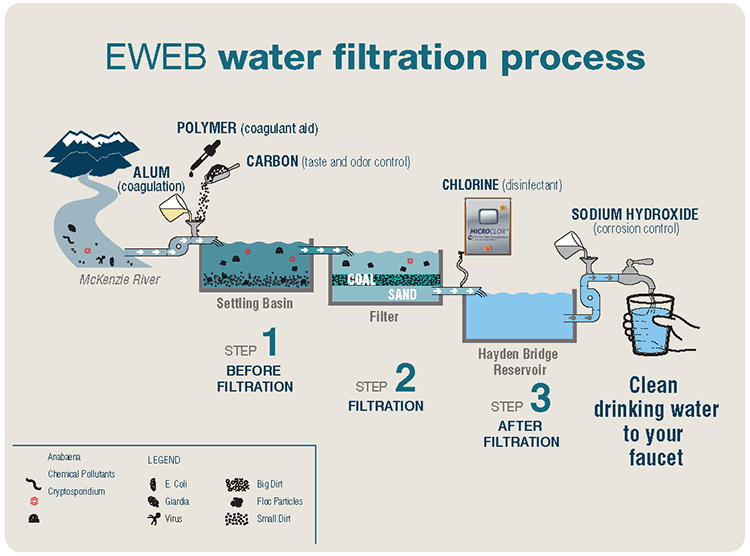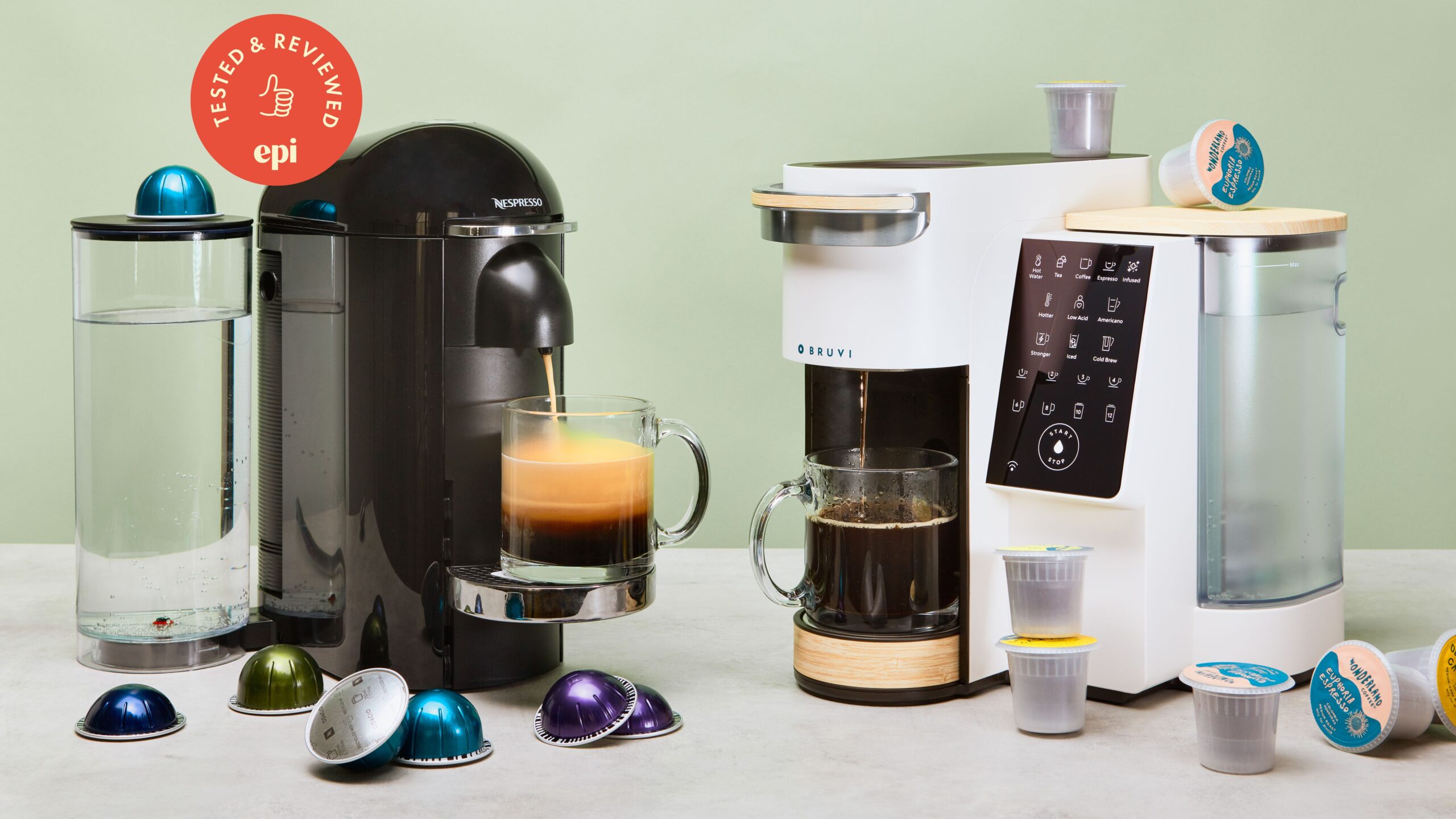Do you ever wonder if your morning cup of coffee is harming the environment? With the rise in popularity of pod coffee makers, it’s important to consider the impact these convenient machines have on our planet. While they offer convenience and a variety of flavors, the single-use pods they require generate a significant amount of waste. In this article, we’ll explore whether pod coffee makers are truly environmentally friendly or if there are better alternatives for your daily caffeine fix. Let’s dive in and explore the pros and cons together.
Life cycle of Pod Coffee Makers
Manufacturing process
The manufacturing process of pod coffee makers involves several stages, including the extraction and processing of raw materials, the assembly of components, and quality control measures. Raw materials such as plastic, metal, and electronics are sourced and undergo resource extraction methods. These materials are then transformed into the necessary components for the coffee maker, which requires energy and machinery. Overall, the manufacturing process of pod coffee makers has a significant environmental impact due to energy consumption, emissions, and resource extraction.
Use phase
During the use phase, pod coffee makers consume energy to heat water, pump the water through the coffee pod, and power the machine’s electronics. This energy consumption contributes to the environmental impact of the appliance, particularly in terms of electricity usage and associated emissions. In addition, the use of disposable coffee pods generates waste, as these pods are discarded after a single use. The use phase also involves the consumption of water, although the amount varies depending on the model.
Disposal phase
The disposal phase of pod coffee makers poses environmental challenges, primarily due to the waste generated by single-use coffee pods. These pods are typically made of plastic or aluminum, both of which have a long lifespan and can take hundreds of years to decompose in landfills. In addition, improper disposal of electronic components in some coffee makers can result in the release of harmful substances into the environment. Proper waste management and recycling options are crucial to minimize the environmental impact of the disposal phase.
Environmental Impact of Manufacturing Process
Energy consumption
The energy consumption during the manufacturing process of pod coffee makers is significant. From the extraction of raw materials to the assembly of components, machinery and electricity are required at each stage. The energy used during this process contributes to carbon emissions and increases the overall environmental footprint of these appliances. It is important for manufacturers to implement energy-efficient practices and utilize clean energy sources to mitigate this impact.
Emissions
The manufacturing process of pod coffee makers also results in emissions of greenhouse gases and pollutants. Greenhouse gases such as carbon dioxide are released through the energy-intensive operations involved in the production of the machines. Additionally, various manufacturing processes produce pollutants such as volatile organic compounds, which can have detrimental effects on air quality and human health. Reducing emissions during the manufacturing process can help minimize the environmental impact.
Resource extraction
The extraction of raw materials, such as plastic and metal, required for pod coffee makers contributes to environmental degradation. The extraction can result in habitat destruction, deforestation, and water pollution in certain cases. It is important for manufacturers to consider sustainable sourcing and responsible mining practices to minimize the impact on ecosystems and local communities. Additionally, exploring alternative materials that have a lower environmental impact can be beneficial in reducing resource extraction.
Environmental Impact of the Use Phase
Energy consumption
The use phase of pod coffee makers involves the consumption of electricity to power the machine, heat water, and operate the brewing mechanism. The energy consumption can vary depending on the model and usage patterns. While pod coffee makers are designed to be energy-efficient compared to traditional coffee makers, the convenience factor and frequent use can result in higher overall energy consumption. It is advisable for users to be mindful of their energy usage and consider energy-saving features when choosing a coffee maker.
Waste generation
One of the significant environmental concerns associated with the use of pod coffee makers is the generation of waste. Single-use coffee pods are typically made of plastic or aluminum, which are not easily biodegradable. When these pods are discarded after a single use, they contribute to the growing problem of plastic pollution in landfills and oceans. There have been efforts to develop recyclable and compostable pod options to address this issue, but the disposal of waste remains a challenge for many users.
Water usage
The use of water varies among different coffee makers, including pod coffee makers. The amount of water consumed can depend on factors such as the water tank capacity, brew sizes, and brewing methods. While pod coffee makers generally require less water compared to traditional drip coffee makers, it is still essential to be mindful of water usage. Using the appropriate brew sizes and avoiding unnecessary wastage can contribute to water conservation efforts.
Recyclability and Waste Management
Materials used in pods
Single-use coffee pods are typically made of plastic or aluminum materials. Plastic pods contribute to the growing plastic pollution problem, especially when they end up in landfills or as litter in the environment. Aluminum pods, on the other hand, require energy-intensive processes for extraction and production. Exploring alternative materials that are more environmentally friendly, such as plant-based bio-plastics or compostable materials, can help mitigate the negative impact of coffee pod materials on the environment.
Recycling options
The recyclability of coffee pods varies depending on the material and the availability of recycling systems in different regions. While some plastic and aluminum coffee pods can be recycled, the collection and recycling infrastructure for these materials may not be universally accessible. Furthermore, contamination from coffee grounds can complicate the recycling process. Manufacturers, consumers, and recycling facilities need to work together to improve collection systems and promote the proper recycling of coffee pods.
Biodegradability
Biodegradable coffee pods are an alternative to traditional single-use pods that can help reduce waste and minimize environmental impact. Made from plant-based materials, these biodegradable pods can break down naturally and return to the environment. However, it is important to note that proper composting facilities or systems are needed for the biodegradation process to occur effectively. Consumers should ensure that these biodegradable pods are disposed of in appropriate composting bins or facilities to maximize their environmental benefits.
Comparison to Traditional Coffee-making Methods
Energy consumption
Compared to traditional drip coffee makers, pod coffee makers generally have a higher energy efficiency due to their ability to heat water quickly and brew coffee in a shorter time. Drip coffee makers, on the other hand, maintain a constant heat throughout the brewing process, which can result in higher overall energy consumption. However, it is important to consider the frequency of use and the energy efficiency of both types of coffee makers to make a fair comparison.
Waste generation
Traditional drip coffee makers typically use a reusable filter, resulting in less waste compared to pod coffee makers. With pod coffee makers, single-use pods are discarded after each use, contributing to the accumulation of plastic waste. To address this issue, some manufacturers offer reusable pods that can be filled with ground coffee, reducing waste generation. However, the convenience and ease of use of disposable pods remain appealing to many consumers.
Water usage
The water usage of pod coffee makers is generally lower compared to traditional drip coffee makers. Pod coffee makers typically brew a single serving of coffee at a time, which reduces water waste. Drip coffee makers, on the other hand, require larger volumes of water for brewing, leading to potentially higher water usage. It is important to consider personal preferences, brewing needs, and conservation efforts when comparing the water usage of different coffee-making methods.
Sustainability Initiatives and Alternatives
Certifications and standards
Various certifications and standards exist to recognize and promote sustainability in the coffee industry. These certifications ensure that coffee is produced and processed in an environmentally and socially responsible manner. Examples include Fairtrade, Rainforest Alliance, and organic certifications. By choosing coffee pods or beans with these certifications, consumers can support sustainable practices and contribute to positive change in the industry.
Compostable and reusable pods
Compostable coffee pods provide an alternative to traditional single-use pods, as they can be broken down naturally and incorporated into composting systems. These pods are made from materials that are designed to break down into organic matter, reducing the environmental impact of discarded coffee pods. Additionally, reusable pods offer a sustainable option for coffee lovers who prefer the convenience of pod coffee makers while minimizing waste.
Refillable pod options
Refillable pods are another sustainable alternative that allows coffee enthusiasts to enjoy the convenience of pod coffee makers while reducing waste. These pods can be filled with ground coffee or portioned coffee, eliminating the need for single-use pods. Refillable pods typically require cleaning and maintenance, but they offer a more eco-friendly option for those who want to limit their environmental footprint.
Consumer Awareness and Behavior
Knowledge of environmental impact
Consumer awareness of the environmental impact of pod coffee makers is crucial in shaping behavior and promoting sustainable practices. Educating consumers about the resources and energy required for production, the waste generated, and the potential alternatives can inspire more informed choices. Manufacturers, retailers, and advocacy groups can play a role in providing transparent and accessible information to consumers, empowering them to make environmentally conscious decisions.
Preference for convenience
The convenience of pod coffee makers is a primary factor that attracts many consumers. The ease of use, quick brewing time, and minimal cleanup make these machines appealing to those with busy lifestyles. However, it is important for consumers to balance convenience with the environmental impact. Exploring sustainable alternatives, such as compostable or reusable pods, can help bridge the gap between convenience and environmental responsibility.
Adoption of sustainable practices
Encouraging the adoption of sustainable practices is essential in minimizing the environmental impact of pod coffee makers. This includes properly recycling coffee pods, choosing sustainable pod options, and practicing energy and water conservation. By making sustainable choices and adopting responsible behaviors, consumers can contribute to a more environmentally friendly coffee-making experience.
Environmental Considerations of Other Coffee Options
Traditional drip coffee makers
Traditional drip coffee makers generally have a lower environmental impact compared to pod coffee makers. They do not produce single-use waste through disposable pods and typically have a longer lifespan. However, their energy consumption may be higher due to the longer brewing time and constant heat maintenance. Overall, drip coffee makers can be a more sustainable choice for those who prioritize waste reduction and energy efficiency.
Single-serve coffee machines
Single-serve coffee machines, such as those using capsules or pods, have gained popularity in recent years. These machines offer convenience and versatility, allowing users to brew various coffee flavors and types. However, the environmental impact of single-serve coffee machines is similar to that of pod coffee makers, as they often use disposable capsules or pods that contribute to waste generation. Careful consideration of the environmental impact is necessary when choosing these machines.
Coffee shop purchases
Coffee shop purchases are another option for coffee lovers, offering a wide range of coffee choices and professional brewing techniques. While coffee shops often prioritize sustainability and may use environmentally friendly practices, the impact of these purchases depends on several factors, including the distance traveled to the coffee shop and the materials used for packaging. Opting for reusable cups and supporting coffee shops with sustainable initiatives can help reduce the environmental impact.
Corporate Responsibility and Industry Regulations
Industry efforts towards sustainability
The coffee industry, including manufacturers of pod coffee makers, has recognized the need for sustainability and has taken steps to address environmental concerns. Many companies have implemented initiatives to reduce their carbon footprint, improve energy efficiency, and promote responsible sourcing. Some manufacturers also participate in recycling programs or offer take-back options for used coffee pods. Collaboration among industry stakeholders is crucial to drive further sustainability improvements.
Government regulations
Government regulations play a vital role in addressing the environmental impact of pod coffee makers and other coffee options. These regulations can include energy-efficiency standards, waste management requirements, and restrictions on certain materials. Governments can also provide incentives for manufacturers to adopt sustainable practices, such as offering tax breaks for energy-efficient production processes or promoting the use of recyclable or compostable materials.
Corporate social responsibility
Corporate social responsibility (CSR) refers to an organization’s commitment to operate in an ethical and sustainable manner while considering its social and environmental impact. This includes engaging in environmentally friendly practices, supporting communities, and promoting transparency. Manufacturers of pod coffee makers can demonstrate their commitment to CSR by implementing sustainable manufacturing processes, providing recyclable or compostable pod options, and supporting initiatives that promote consumer awareness and behavior change.
Conclusion
In conclusion, pod coffee makers have a significant environmental impact throughout their life cycle, from the manufacturing process to the use and disposal phases. The energy consumption, emissions, and waste generation associated with these machines contribute to environmental challenges such as resource depletion, pollution, and climate change. However, there are opportunities for improvement through sustainable alternatives, consumer awareness, and corporate responsibility.
By considering the environmental impact of the manufacturing process and the use phase, consumers can make choices that align with their sustainability goals. Sustainable alternatives such as compostable and reusable pods, as well as refillable options, offer ways to reduce waste and minimize environmental harm. Certification programs, government regulations, and industry efforts toward sustainability also play a vital role in promoting environmentally friendly practices.
Consumer knowledge, preference for convenience, and adoption of sustainable practices are essential aspects of promoting a more sustainable coffee culture. By understanding the impact of coffee makers and choosing environmentally conscious options, consumers can contribute to a more sustainable and responsible approach to coffee consumption. Ultimately, the collective efforts of manufacturers, consumers, and industry stakeholders can drive progress toward a more environmentally friendly future.




